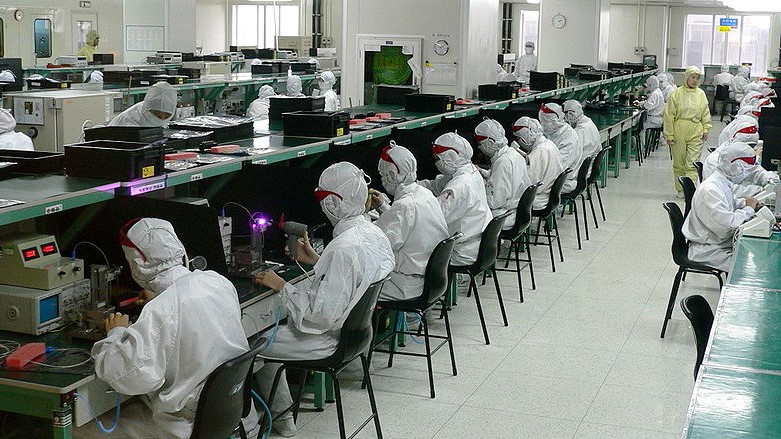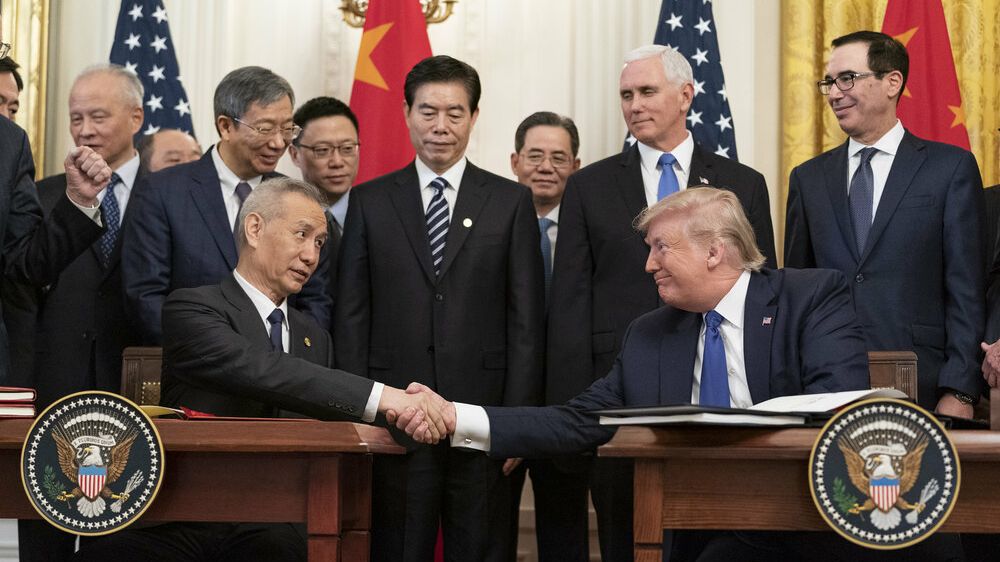Published 21 February 2020
Confidence in the benefits of trade and integration has suffered as trade wars highlight the risks of interdependence, and tech advances weaken the economic rationale for far-flung supply chains. The coronavirus and its disruptions might finally push the world to consider a new trading order or accelerate deglobalization.
This article was originally published in the South China Morning Post, 20 February 2020.
COVID-19 has disrupted trade and highlighted China's preeminent role in global value chains
The still-evolving coronavirus outbreak has already disrupted trade and economic performance both regionally and globally. Perhaps the most insidious impact of the virus stems from China’s pre-eminent position as a producer of intermediary products that feed into global supply chains.
China accounts for almost one-fifth of world manufacturing and Chinese intermediary products are predominant in the electronics, car, machinery and textile sectors. Subtracting Chinese inputs from these supply chains will, in some instances, cause production to grind to a halt, as has been the case for Hyundai Motor in South Korea.
In other instances, alternative or workaround solutions will be found but they will be, by definition, suboptimal and more expensive. This will embed higher costs throughout the supply chains and could ultimately result in higher inflation.
The picture is no less grim for countries which supply intermediary products to China’s shut factories. The two economies most affected are Taiwan and South Korea; their top export to China is the electronic integrated circuit, which accounts for 5 per cent of Taiwan’s gross domestic product and 2 per cent of South Korea’s.
Aside from affecting the flow of goods across borders, the virus has been highly disruptive in less obvious ways. At Australian universities – and in surrounding communities – which are heavily dependent on full-tuition Chinese students, travel restrictions are preventing the return of the students. And Chinese tourists in countries such as Thailand (where Chinese tourism accounts for 2.7 per cent of GDP) have slowed to a trickle.
The coronavirus will impact the already faltering confidence in trade
The most important long-term consequence of the coronavirus, however, might be its impact on the already faltering confidence in trade.
Before this, businesses and government had tremendous confidence in trade, in its ability to deliver mutual benefits, and in the ability of the multilateral trade system to reduce trade barriers, resolve conflict and inculcate a sense of stability and trade fairness.
This confidence allowed trade to grow at roughly twice the rate of global GDP growth for most of the post-war era and led to steadily deeper economic integration.
In recent years, however, this confidence in the benefits of trade and integration has suffered several body blows. As a result, we seem to be inching towards a tipping point in which the conventional wisdom begins to reverse and the risks of deepening integration and trade are judged to possibly outweigh the benefits.
This did not happen overnight or was precipitated by a single development. It has been the gradual accumulation of several factors of which the coronavirus is only the most recent – but which threatens to be the straw that broke the camel’s back.
Consider what immediately preceded the coronavirus. Global steel and aluminium tariffs imposed by the United States in 2018 were a shock to the global trade system and produced almost immediate in-kind retaliation. The gradually escalating US-China trade war began to ramp up later that year, taking the average US tariff on Chinese imports from 3 per cent at the onset to almost 20 per cent now.
China’s exports to the US dropped 12.5 per cent last year, while China’s imports from the United States plunged 20.9 per cent in 2019 from a year earlier, according to data from China’s General Administration of Customs.
The US continues to weigh other substantial trade actions that will surely beget commensurate retaliation. Given all this, it is perhaps unsurprising that, last year, global trade suffered its worst performance ever outside a recession, growing by only 1 per cent.
These bilateral trade tensions and disputes are unfolding as the multilateral trade system is, to a large degree, simply breaking down. In the quarter-century of its existence, the World Trade Organisation has failed to conclude even a single round of multilateral trade negotiations and its dispute settlement function has been derailed by an impasse over appellate judges.
The US-China tech war overshadows ‘phase one’ trade deal
Meanwhile, technological advances ranging from automation to artificial intelligence and additive printing are weakening the economic rationale for maintaining far-flung supply chains. As automation increases, the importance of wage differentials decreases.
As the capabilities of additive printing advance, so does the ability of companies to keep operations onshore. As tariff walls grow, the cost associated with moving products across borders also grow. In these cases, the benefits of trade are waning, while the downsides mount.
As if these developments were not concerning enough, the coronavirus has added a layer of trade-dampening implications.
The painful experience of the epidemic is unlikely to be quickly forgotten by corporate risk managers or government officials pursuing greater national economic resilience. Also, the trade landscape has become more like a battlefield and technology is eroding the underlying economic rationale for trade.
Long-term implications
Ultimately, our age might come to be seen as the beginning of a new trade epoch as consequential as the post-war founding of our multilateral trade system. In a sense, the seven-decade-long “honeymoon for trade” — in which a rock-solid belief in trade’s benefits underpinned a steadily deepening trade and economic integration – might be coming to an end.
If we wish to ensure the sustainability of trade, the challenge will be to recognize and confront the new and sometimes uncomfortable realities of imbalanced trade outcomes, rather than rely on the assumptions, structures and conventional wisdom that have defined our approach to trade in the post-war era.
Two threshold questions cannot be avoided: is more trade always of benefit to an economy? And, is reliance on a single trading partner ever sustainable?
The tough questions we need to ask should not cause us to overlook or diminish the beneficial role trade can continue to play, both in terms of the economic benefits it can generate and the geostrategic stability it can help cement.
Ultimately, the most enduring legacy of the coronavirus might be in helping to necessitate a reconsideration and recalibration of our approach to trade.
© The Hinrich Foundation. See our website Terms and conditions for our copyright and reprint policy. All statements of fact and the views, conclusions and recommendations expressed in this publication are the sole responsibility of the author(s).




